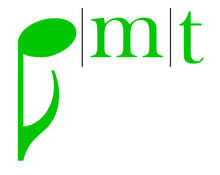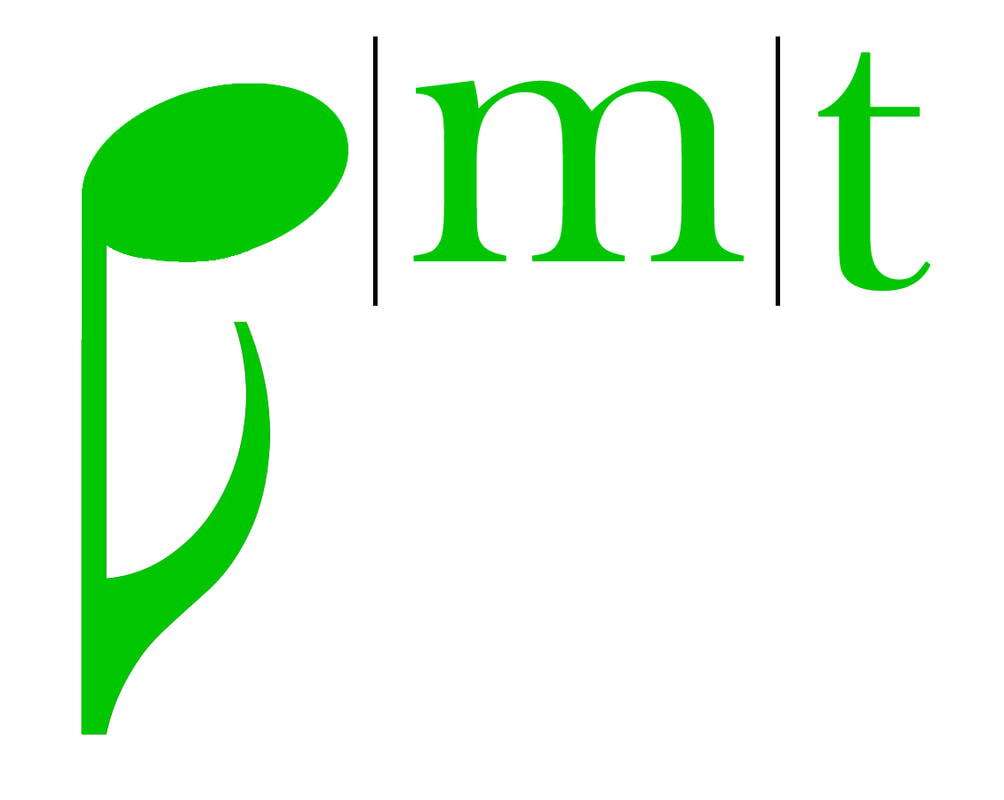|
By: Matrisha Stafford, Music Therapy Intern  As an Intern, or maybe as a Therapist in general, our typical aim of treatment is to move closer to our clients goals. In my continued learning and practice towards becoming a professional music therapist I have encountered a lot of various things as I have planned and executed treatment for clients over the years, however I have never encountered such consistently challenging sessions with clients during that time. My internship has presented me with several opportunities to be apart of treatment plans that have challenged me in many new ways. Allow me to tell you a story about what it means to me to closely look for changes in my clients. I always try to look for ways to connect musically and verbally with clients. In this case though, it seemed like the more I tried to engage them the less interested, distracted, and negative attention seeking they became. When I noticed this I began pulling from my MT toolkit and thinking in my head, “whatever it takes to get through to them, that’s what we will do.” Week after week though, it inwardly felt like minimal progress connecting was happening and we instead came away with more and more lessons on what wasn’t working. It was only after being posed with the question, “have you asked what they want?” I realized I had been looking for change without listening to what my client was telling me. No matter verbally or nonverbally through their behavior, I had never taken into account what they may be trying to express to me. Very determined to make progress, I took this realization with me into our next time together, consistently asking them throughout that time, “what do you what?'' offering choices, and listening to and watching for their verbal and non verbal communication. During that time I saw a more engaged and regulated client in front of me who offered me insight into their feelings, and their willingness to participate in various activities. They were able to better communicate their desires for music making, and also communicated when they were finished, making that time together the best moments we have had so far in treatment. That short reflection has so many key details and learning points for all of us as we continue upholding our responsibilities to our clients to be the best therapist we can be to them. Remember to listen, remembering to allow for opportunities where your clients can express their autonomy, and knowing when to push, and when to yield to what the client may be showing you or telling you. As Music Therapists we should always be looking for how the music can be used to foster change, encourage vulnerability, and create an environment where clients can flourish. Sometimes it can be easy to get caught up in wanting the change that we can forget that what we do is both giving and taking between the client and ourselves. This particular client has taught me so much already, but the lesson of persistence, of patience, and really looking at what clients are trying to tell us is the best way to listen and be in tune with them so that the change we are looking for can occur. For more helpful information on how to communicate with and assist in nurturing thoughtful and autonomous people, check out Dr. Becky over at Good Inside.
0 Comments
Your comment will be posted after it is approved.
Leave a Reply. |
PMTProviding music therapy services for early childhood to older adults, music instruction and enrichment plus continuing music therapy education in Greater Charlotte Area of the Carolinas. Archives
May 2024
Categories
All
|
Piedmont Music Therapy is a 501(c)(3) status organization.
Piedmont Music Therapy accepts donations via venmo @piedmontmusictherapy or any amount through QuickBooks. Contact us to arrange an electronic pledge!
Main Location |
|


 RSS Feed
RSS Feed
